Elevating your living space with original art involves a deliberate and enriching process. How to buy original art for your home is a nuanced exploration, requiring a blend of personal taste and an appreciation for artistic narratives.
This guide aims to demystify the art-buying experience, providing insights on setting a budget, navigating galleries, ensuring authenticity, negotiating, and seamlessly integrating your chosen pieces into your living environment.
As we embark on this journey, the goal is not just to adorn walls but to curate an atmosphere that resonates with your aesthetic sensibilities, turning your home into a canvas that reflects your unique style and appreciation for the transformative power of art. Stay focused.
Researching Artists and Art Movements
Researching artists and art movements is a fascinating journey that unveils the rich tapestry of human creativity and expression.
Delving into the lives of artists and understanding the context of art movements provides valuable insights into the evolution of visual arts.
Here are some points on the importance and benefits of researching artists and art movements:
Historical Context and Cultural Significance
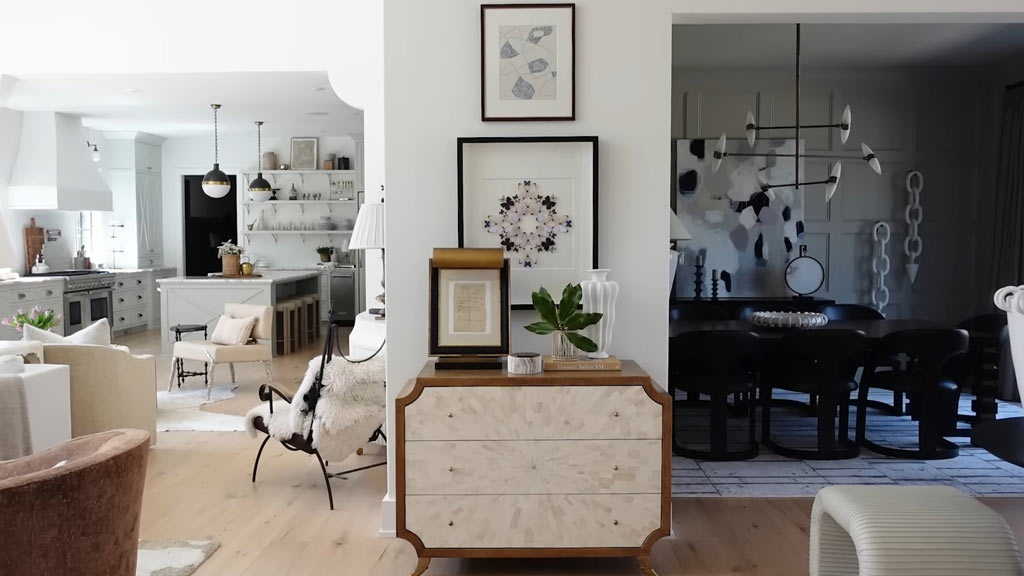
Researching artists and art movements allows us to place artworks within their historical and cultural context.
Understanding the socio-political climate, economic factors, and cultural shifts during a specific period helps interpret the deeper meaning behind artistic creations.
Influence and Inspiration
Artists are often influenced by their predecessors and contemporaries. One can trace the influences that shaped an artist’s style and vision through research.
This knowledge helps art enthusiasts and scholars appreciate the interconnectedness of artistic movements and how ideas are passed down through generations.
Evolution of Techniques and Styles
Studying different artists and art movements provides a comprehensive overview of the evolution of artistic techniques and styles.
From the Renaissance’s emphasis on realism to the abstract expressionism of the 20th century, research unveils the continuous experimentation and innovation in the art world.
Artistic Intent and Symbolism
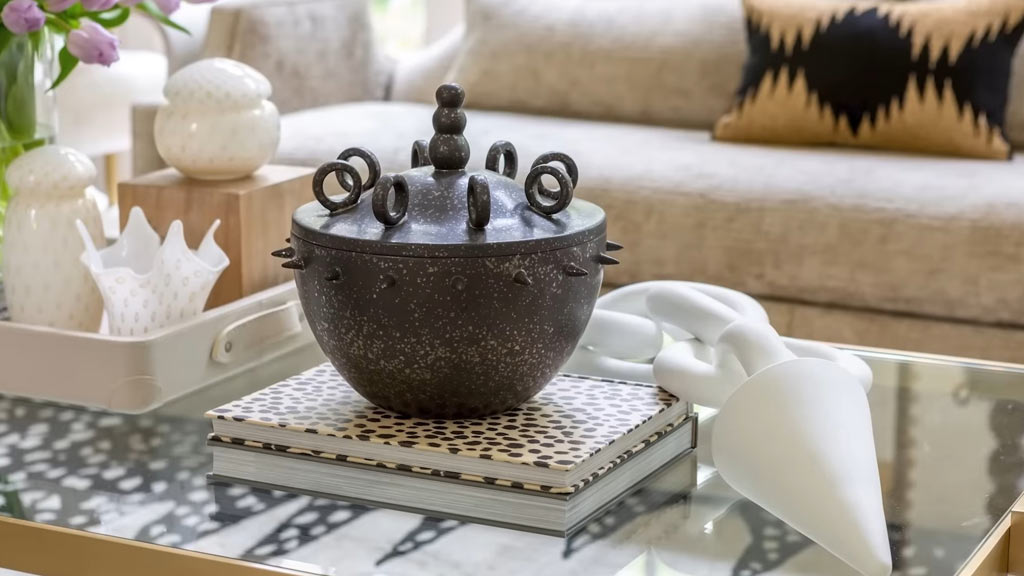
Art is a powerful form of communication, and artists often embed symbolism and meaning in their works.
By researching artists and their movements, one can decipher the intended messages, symbols, and narratives behind the artworks, adding depth to the viewer’s appreciation.
Art Market and Valuation
Understanding artists’ and movements’ historical context and significance is crucial for art collectors, dealers, and investors.
Researching artists’ market trends, auction results, and historical value helps stakeholders make informed decisions about acquisitions and investments in the art market.
Educational and Pedagogical Value
Researching artists and art movements is invaluable for educators and students.
It provides a dynamic and engaging way to teach art history, fostering a deeper understanding of cultural diversity, artistic expression, and the transformative power of creativity across different periods and regions.
Diving into the world of artists and art movements enriches our understanding of the human experience and the evolution of artistic expression.
Choose the Appropriate Art for Your Home
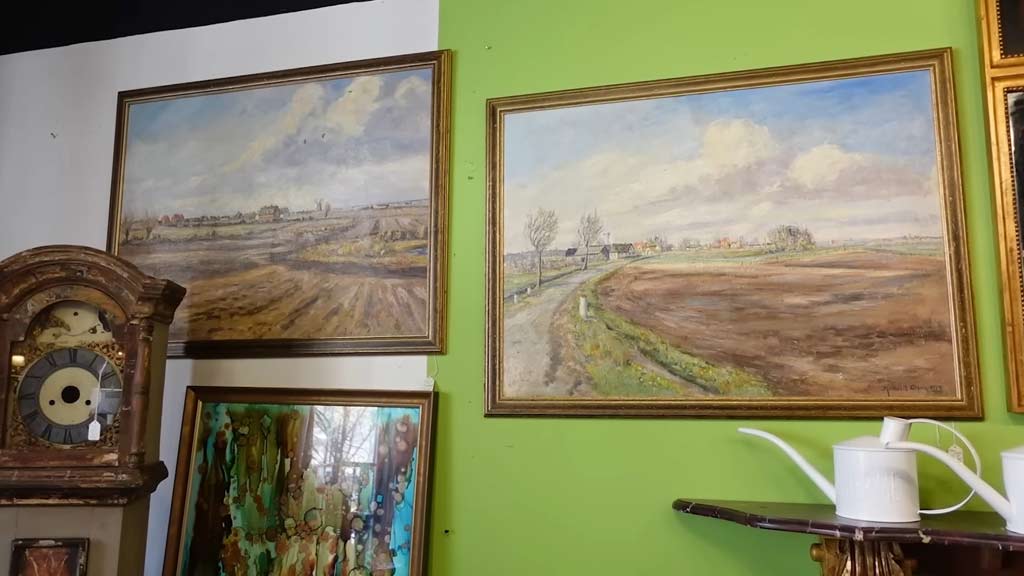
Selecting the right art for your home is a personal and subjective process that involves considering various factors, such as personal taste, the style of your home, and the atmosphere you want to create.
Here are some of the tips to help you choose the appropriate art for your home:
Reflect on Your Taste
Choose art that resonates with you on a personal level. Whether painting, sculpture, or photograph, the artwork should evoke positive emotions and reflect your style.
Consider your favorite colors, themes, and artistic styles that align with your taste.
Consider the Space
Consider the size and layout of the space where the art will be displayed.
Large, bold pieces may be suitable for spacious rooms, while smaller, more intricate works might be better suited for cozy nooks or hallways. Ensure the scale of the artwork complements the proportions of the space.
Harmonize with Home Decor
Consider the existing decor and color scheme of your home. Your chosen art should complement the overall aesthetic, whether modern, traditional, minimalist, or eclectic.
Look for pieces that harmonize with the existing furnishings and decor elements.
Create a Focal Point
Use art to create a focal point within a room. A striking piece can draw attention and become a conversation starter.
Consider the placement of the artwork above a fireplace, on a feature wall, or in the center of a room to enhance its impact.
Mix and Match
Don’t be afraid to mix different types of art within your home. A diverse collection can add visual interest and showcase your eclectic taste. Experiment with various mediums, styles, and artists to create a curated and dynamic look.
Invest in Meaningful Pieces
Choose art that holds personal meaning or tells a story. Whether it’s a piece from a favorite artist, a travel souvenir, or a custom commission, incorporating meaningful art into your home adds a layer of personal connection and significance.
Ultimately, the art you choose for your home should reflect your personality and enhance the space’s ambiance.
How to Buy Original Art for Your Home: Step-by-step Process
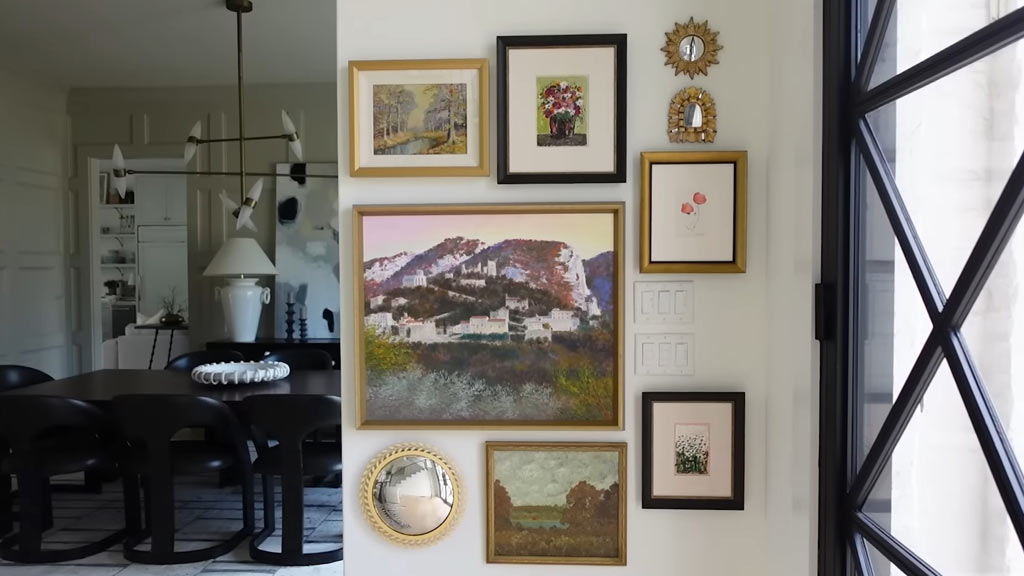
Buying original art for your home can be a rewarding experience, but it requires careful consideration and a step-by-step approach to ensure you make informed decisions. Here’s a detailed process to guide you through the journey:
Step 1: Set Your Budget
Before you search, determine how much you will spend on an original piece of art.
Consider factors such as the size of the artwork, the artist’s reputation, and your financial situation. Setting a budget helps narrow your options and ensures a realistic approach to your art acquisition.
Step 2: Visit Galleries
Explore local galleries, art fairs, and exhibitions to discover artists and styles. Take your time to browse different galleries and immerse yourself in the art world.
Galleries often showcase a curated selection of artists, allowing you to see diverse artworks in person.
Step 3: Check Authenticity
When you find a piece you’re interested in, inquire about the artist’s background and the artwork’s authenticity.
Ask for certificates of authenticity or any relevant documentation that verifies the piece’s legitimacy. Ensure that the artist signs the artwork, and if applicable, inquire about the edition number for limited edition prints.
Step 4: Negotiation
Don’t hesitate to negotiate the price, especially if you buy directly from the artist or a gallery. Be respectful and open about your budget constraints, and see if there is room for negotiation.
Some artists and galleries may be willing to accommodate reasonable offers, mainly if you express genuine interest in their work.
Step 5: Buy the Piece
Once you’ve agreed on a price, review the terms of the sale, including payment methods, delivery, and any additional costs such as framing or shipping.
If possible, get a written agreement or receipt outlining the transaction details. Ensure the artwork is packaged correctly and transported to your home carefully.
By following this step-by-step process, you can confidently navigate the art-buying experience and ensure that the original art you choose for your home enhances your living space and holds personal and aesthetic value.
Be Careful While Carrying the Piece of Art From the Gallery to Your Home
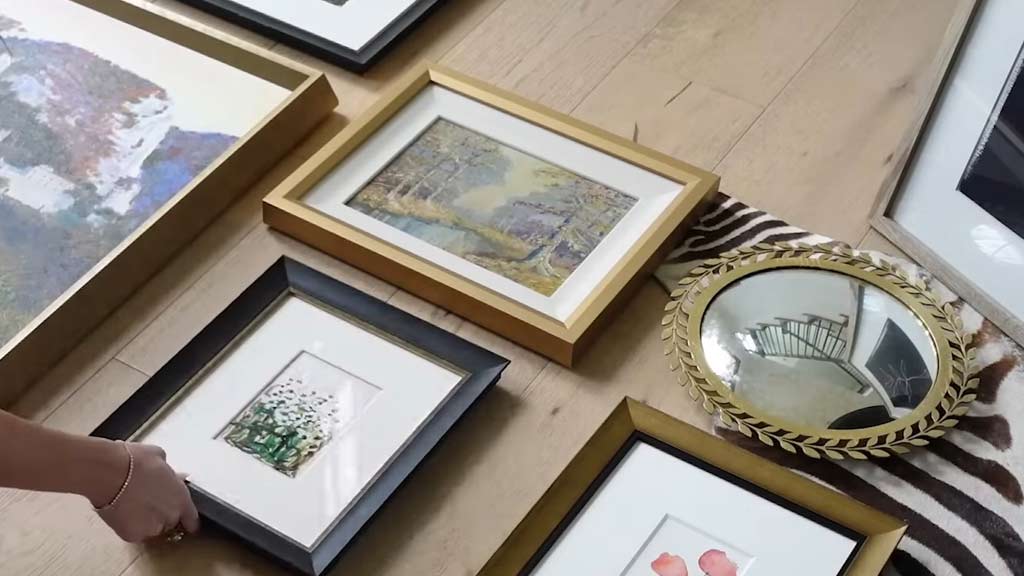
Transporting a piece of art from the gallery to your home requires careful handling to ensure it arrives safely and in pristine condition.
Here are some tips to help you navigate this crucial step in the art-buying process:
Communication with the Gallery
Before purchasing the artwork, discuss the logistics of transportation with the gallery.
Inquire if they provide delivery services or if they have any recommendations for professional art transport services. Clear communication ensures that both parties understand the responsibilities and expectations.
Professional Art Handlers
Consider hiring professional art handlers or movers if the artwork is valuable or delicate. These experts are trained to handle and transport artworks securely.
They use specialized packaging materials, climate-controlled vehicles, and secure handling techniques to safeguard the piece during transit.
Secure Packaging
If you transport the artwork yourself, ensure it is securely packaged.
Use appropriate materials such as acid-free paper, bubble wrap, and custom-fit boxes. Ensure the artwork is well-protected from vibrations, temperature changes, and potential impacts during transportation.
Handle with Care
If you are carrying the artwork yourself, handle it with extreme care. Wear clean, soft gloves to avoid fingerprints and potential damage to the surface.
Lift the artwork from its edges or, if applicable, from the frame. Avoid touching the painted or delicate surfaces directly.
Secure Transportation
Use a vehicle with ample space to secure the artwork without the risk of damage.
Ensure that the artwork is placed in a stable position, and if possible, secure it with straps or other restraints to prevent movement during transit. Avoid overcrowding the vehicle with other items that may damage the artwork.
Climate Consideration
Be mindful of the climate conditions during transportation. Extreme temperatures, humidity, or direct sunlight exposure can harm the artwork.
Use climate-controlled vehicles or take precautions to protect the artwork from adverse weather conditions if necessary.
Insurance
Consider insuring the artwork during transportation, especially if it holds significant value.
Check with your insurance provider or the gallery to understand coverage options and ensure that you have protection in case of any unforeseen incidents.
Documentation
Document the condition of the artwork before transportation. Take photographs of the piece from various angles, highlighting any existing imperfections.
This documentation can serve as evidence in case of disputes regarding the condition of the artwork upon arrival.
By taking these precautions, you can significantly reduce the risk of damage to the artwork during transportation and ensure that it arrives safely at its new home, ready to be enjoyed for years.
Tips to Choose the Best Places to Hang An Art Piece At Your Home
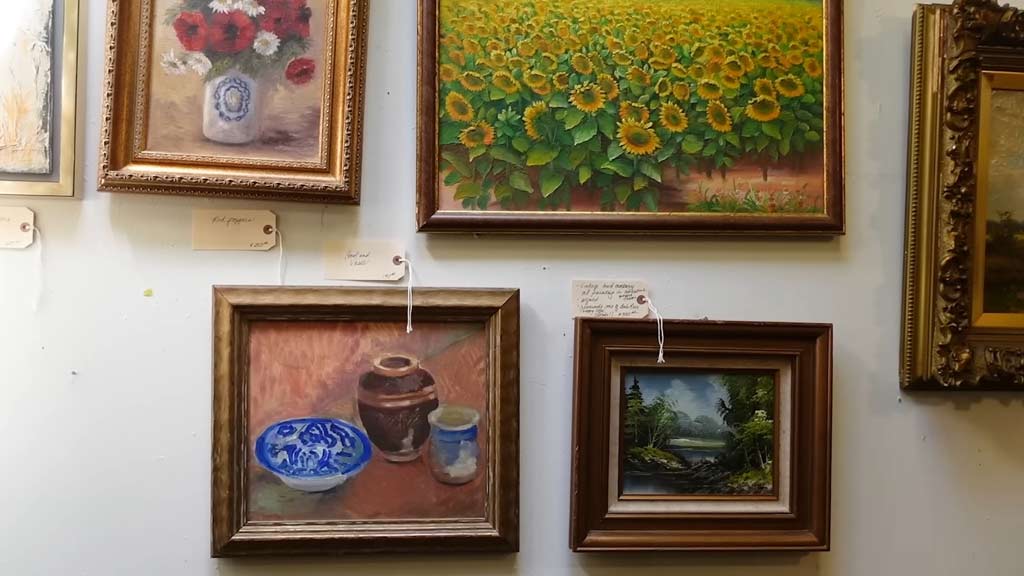
Selecting the right location to hang an art piece in your home is crucial for aesthetic and visual impact. Here are some tips to help you choose the best places for displaying art in your home:
Consider Eye Level
Hang the artwork at eye level, around 57 to 60 inches from the floor. This ensures that the artwork’s center is at a comfortable viewing height, creating a harmonious connection between the art and the viewer.
Balance and Symmetry
Achieve balance in your space by proportionating artwork to the furniture or architectural features around it. If you have a symmetrical space, consider hanging art centrally to maintain a sense of equilibrium.
Use artwork to create visual balance in asymmetrical spaces by distributing it appropriately.
Focal Points
Choose areas that naturally draw attention as focal points for your art. This could be above a fireplace, on a feature wall, or at the end of a hallway.
Creating focal points enhances the impact of the artwork and contributes to the overall visual appeal of the space.
Consider Lighting
Proper lighting is crucial for showcasing art effectively. Ensure that the chosen location has adequate natural or artificial lighting that enhances the visibility of the artwork.
Avoid placing art in areas with direct sunlight, as it can cause fading or damage to certain materials over time.
Room Atmosphere
Match the mood of the artwork with the atmosphere of the room. For example, serene landscapes or abstract pieces may be suitable for a bedroom, while lively and energetic artworks can add life to common areas like the living room or dining room.
Proximity to Furniture
Pay attention to the relationship between the artwork and surrounding furniture. Leave enough space around the art to let it breathe and avoid overcrowding.
The size of the wall and the scale of the furniture should influence the size of the artwork you choose.
Consider the Viewing Angle
Think about the angles from which the artwork will be viewed. If the piece can be seen from different vantage points, ensure that it looks visually appealing from various angles. This is especially important in open-concept spaces.
Create Groupings
Experiment with creating art groupings for added visual interest. Consider hanging multiple pieces together to form a cohesive gallery wall or arrange a collection of more miniature artworks in a grid pattern. Groupings can create a dynamic and engaging display.
Remember that the key is to create a harmonious and visually appealing environment that showcases your art in the best possible light.
FAQs
How do I determine my budget for buying original art?
Assess your financial comfort and consider the artwork’s size, artist reputation, and medium.
Setting a budget beforehand ensures a realistic approach to your art purchase, helping you narrow options and make informed decisions.
Should I visit galleries in person or explore online options when buying art?
Both options are valid. Visiting galleries offers a hands-on experience, allowing you to appreciate the art in person.
Exploring online platforms widens your choices, providing access to a global art market. Ultimately, choose the approach that aligns with your preferences and the available options.
How can I verify the authenticity of the artwork before making a purchase?
Request certificates of authenticity or relevant documentation from the seller. Verify the artist’s background and ensure the artwork is signed.
Reputable galleries provide transparent information. Authenticity checks are essential to confirm the legitimacy of the art piece and protect your investment.
Is negotiation common when buying original art, and how should I approach it?
Negotiation is typical, especially when dealing directly with artists or galleries. Be respectful, express genuine interest, and inquire about the possibility of a reasonable negotiation.
Open communication is critical; understand the pricing factors and reach a mutually beneficial agreement.
What precautions should I take when transporting the purchased art to my home?
Consider professional art handlers for valuable or delicate pieces. If transporting yourself, secure proper packaging, handle the artwork carefully, and use a suitable vehicle.
Climate considerations, insurance, and documentation are crucial. Taking precautions ensures the artwork arrives safely, preserving its condition.
Wrapping Up
In buying original art for your home, thoughtful steps like setting a budget, exploring galleries, verifying authenticity, negotiating, and careful transportation are pivotal.
Your choice of art should not only align with your taste but also harmonize with your space. Remember, each piece has a story; understanding it enhances the connection and enriches your living environment.
Whether you prefer visiting galleries or exploring online platforms, the experience is a personal adventure contributing to your home’s unique narrative. Thank you very much.
Jaclyn Lowe